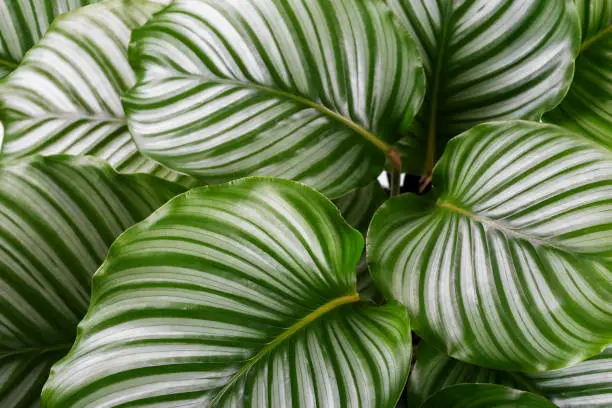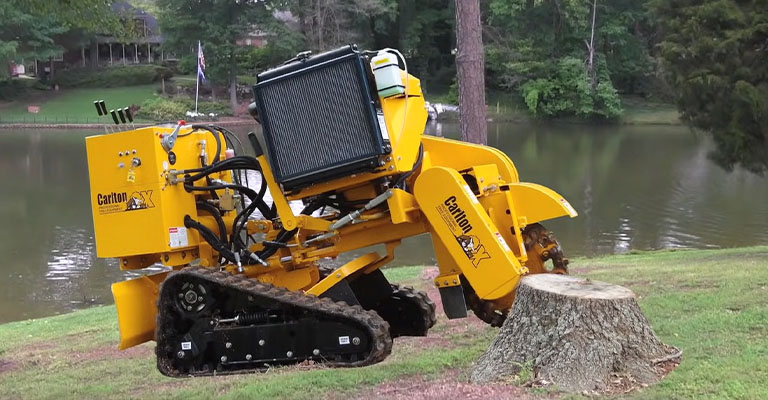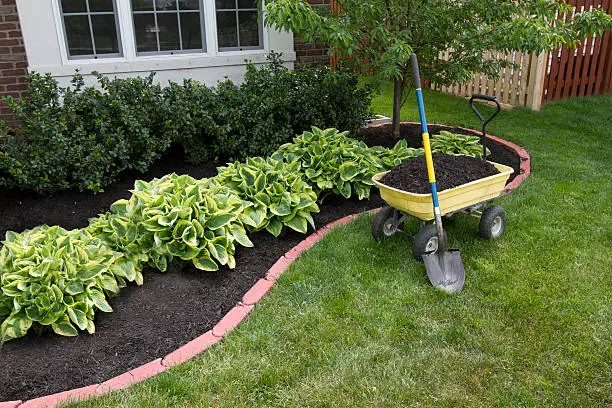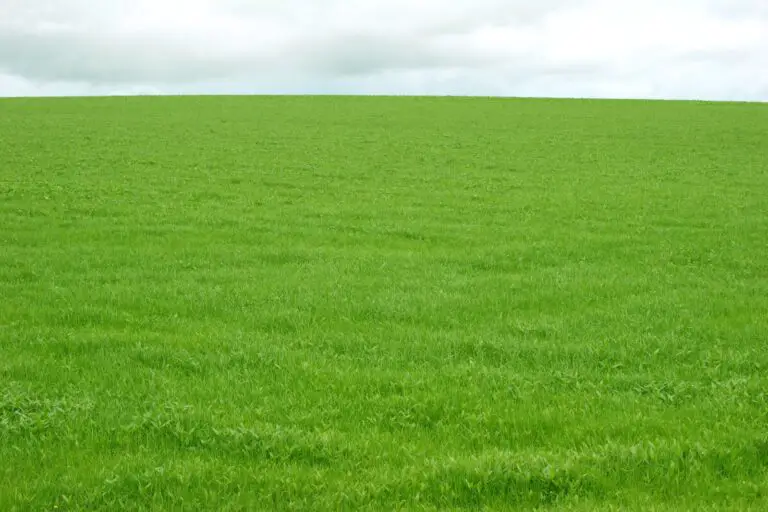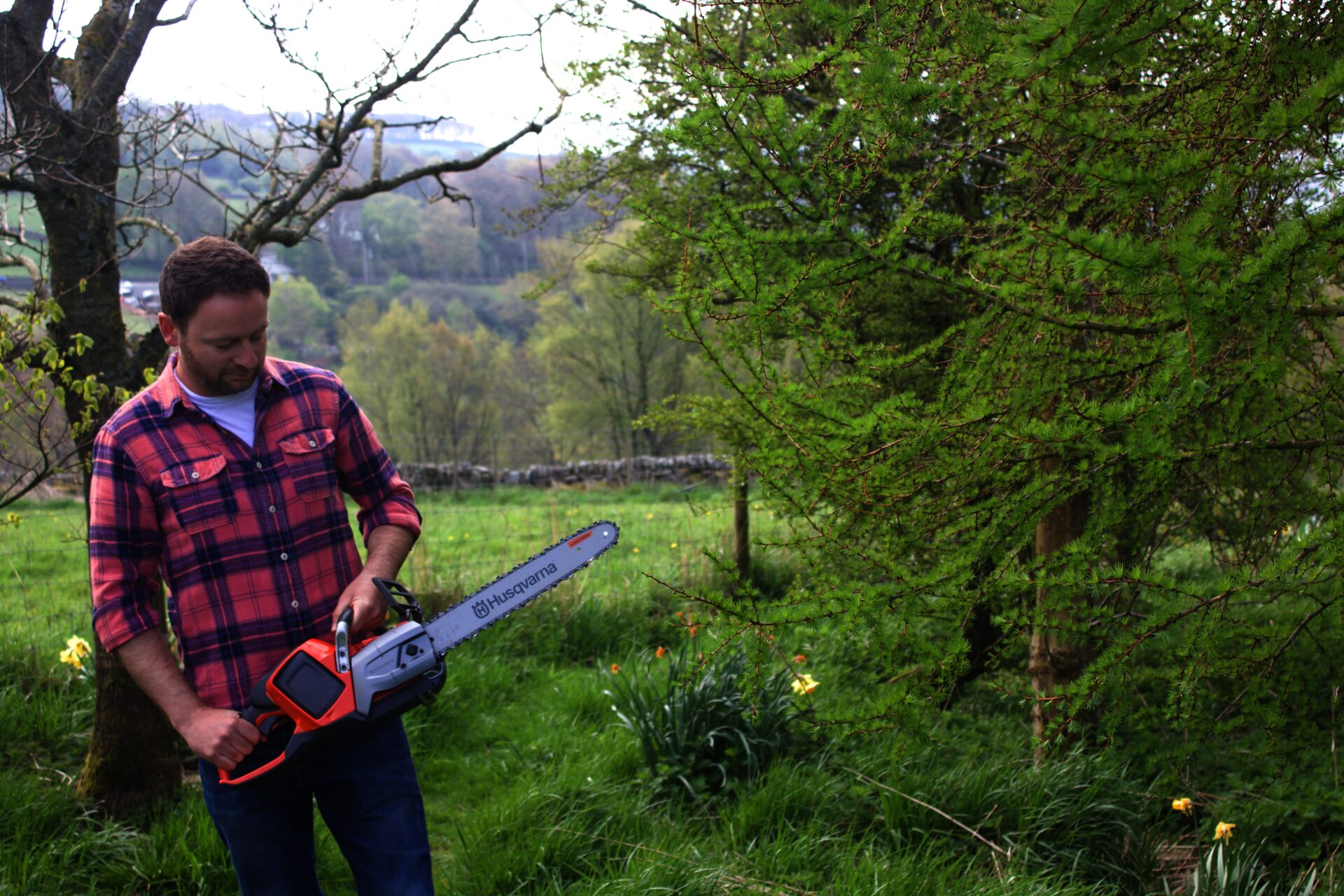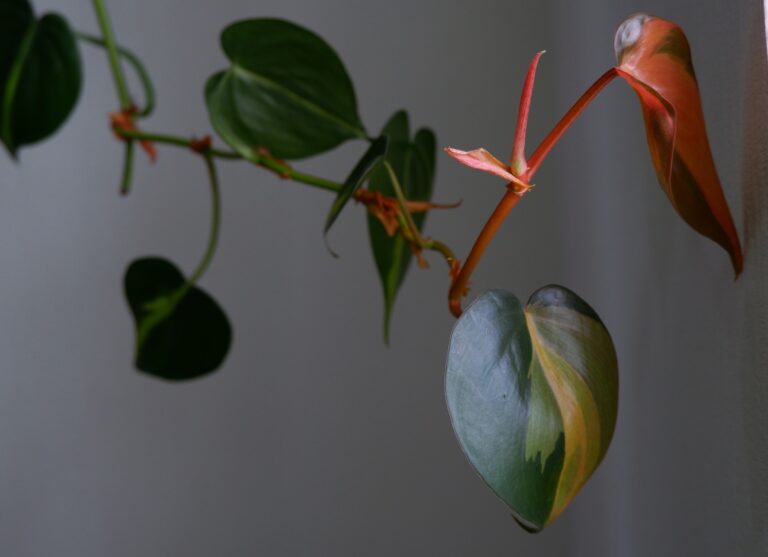Unveiling the Charm of the Zebra Plant
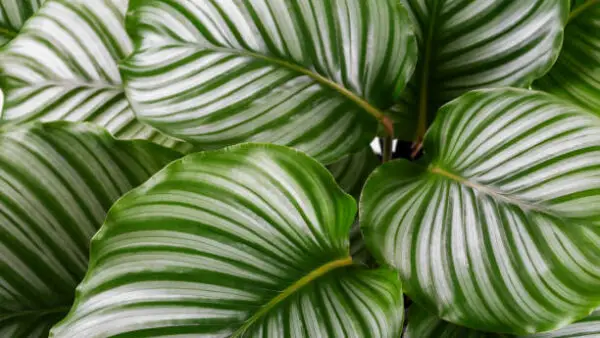
The zebra plant, scientifically known as Haworthiopsis attenuata, is a perennial succulent cherished for its striking, distinctive appearance. With leaves that mimic the bold stripes of a zebra, this plant has won the hearts of many gardening enthusiasts and indoor plant lovers alike.
This article will delve into the unique attributes of the zebra plant, its care requirements, and some of its notable varieties.
A Brief Overview
Zebra Plants Grow and Direct Sun
Originating from South Africa, the zebra plant is part of the Asphodelaceae family. It is a small, slow-growing succulent that typically grows up to five inches tall. Its fleshy, triangular leaves are dark green with horizontal white bands, resembling the pattern of a zebra’s coat. This striking feature is the reason behind its popular name, the zebra plant.
The zebra plant is a low-maintenance indoor plant, making it an ideal choice for beginners or those with busy schedules. It is also a popular choice among those who appreciate exotic and visually appealing indoor plants.
Zebra Plant Care
Zebra Plant Prefers Temperatures
The zebra plant thrives in conditions that mimic its natural habitat. Below are some of the key care tips for maintaining a healthy and vibrant zebra plant:
- Light: Zebra plants enjoy bright, indirect light. Direct sunlight can scorch their leaves, causing them to turn an undesirable brown color.
- Water: Like most succulents, zebra plants prefer a ‘soak and dry’ method. This means watering the plant thoroughly and then allowing the soil to completely dry out before watering again.
- Soil: A well-draining soil is critical for zebra plants. A mix of cactus soil and perlite, in a 1:1 ratio, works perfectly for these succulents.
- Temperature: The zebra plant does well in room temperatures between 65°F and 80°F (18°C – 27°C). It can tolerate lower temperatures but should be protected from frost.
- Fertilizer: Apply a balanced succulent fertilizer during the growing season, typically from spring to fall.
- Propagation: Propagation is done primarily through leaf cuttings or offsets. It’s a simple process that adds more zebra plants to your collection or allows you to share with friends.
Notable Varieties of Zebra Plant
Propagate Zebra Plants
There are several varieties of zebra plants that vary slightly in appearance. The most common ones include Haworthiopsis attenuata ‘Super White,’ known for its pronounced white bands, and Haworthiopsis attenuata ‘Radula,’ distinguished by its wider leaves.
Whether you are a seasoned indoor plant enthusiast or a gardening novice, the zebra plant is a remarkable addition to any plant collection. Its unique aesthetic appeal, paired with its low maintenance requirements, makes it an absolute treasure to grow.
The Fascinating World of Zebra Plant Blooming
Zebra Plant Propagation
One of the most fascinating aspects of the zebra plant is its blooming period. During late spring or early summer, mature zebra plants may produce a long, slender flower stalk that reaches for the sky. The stalk boasts tiny, tubular white flowers that add an extra charm to the already appealing succulent. However, bear in mind that blooming is typically a sign of a healthy, happy plant and may not occur if the plant is stressed or not receiving optimal care.
Addressing Common Zebra Plant Concerns
Zebra Plant Botanical
While the zebra plant is relatively hardy and easy to care for, like any plant, it may occasionally face some health issues. Overwatering, for instance, is a common mistake that can lead to root rot, a condition that can prove fatal if not addressed promptly. Signs of overwatering include yellowing leaves and a mushy base.
On the other hand, underwatering can cause the leaves to shrivel and lose their vibrant color. Balancing the watering needs of your zebra plant is therefore critical to its overall well-being.
Pests, although not a frequent problem, can sometimes bother zebra plants. Mealybugs and scale insects are the most common culprits. If detected early, they can be controlled with insecticidal soap or by manually removing them with a soft cloth or brush.
Finally, if your zebra plant isn’t getting enough light, it may start to stretch or become ‘leggy,’ a process known as etiolation. If you notice this, try moving your plant to a brighter location but be careful to avoid harsh direct sunlight.
Integrating Zebra Plants into Your Decor
Zebra Plant Flower and Stem Cuttings
The zebra plant’s striking appearance makes it a fantastic addition to any decor style. Its compact size allows it to fit beautifully on window sills, office desks, or nestled among other plants in a garden. They also work exceptionally well in terrariums or miniature fairy gardens, bringing a dash of whimsy and wonder.
For a contemporary look, consider placing your zebra plant in a geometric or minimalist pot. If you prefer a more rustic aesthetic, a weathered terracotta pot or one made of natural stone could be a perfect choice.
Conclusion
Moist Soil for Tropical Plants
The zebra plant, with its unique patterned foliage and easy-care nature, is a must-have for any plant lover. Its versatility in decor and low maintenance requirements make it a perfect choice for both beginners and seasoned gardeners. Whether you’re looking to add a touch of nature to your indoor space or seeking an interesting addition to your succulent collection, the zebra plant never fails to impress.
The zebra plant is a favorite foliage plant, known for its dark green leaves adorned with striking white stripes. However, it’s important to differentiate between the Haworthiopsis attenuata and the Aphelandra zebra plant. While both share a common name, they have different care requirements. The Aphelandra zebra plant is a tropical plant that prefers consistently moist soil and indirect sunlight. Its attractive dark green leaves have distinctive white veins, adding a unique touch of nature to your indoor space.
Caring for the Aphelandra zebra plant is a bit more challenging compared to Haworthiopsis attenuata. Unlike its succulent cousin, Aphelandra zebra plant likes its soil consistently moist but never waterlogged. Overwatering or letting the plant sit in wet soil can lead to root rot. Water the plant until the moisture reaches just below the soil line and ensure any excess water is drained away.
Furthermore, while these zebra plants are hardy, they prefer indirect sunlight and can scorch if exposed to harsh, direct light. So, whether you’re watching your zebra plant live and grow in your living room or office, always remember to keep the soil moist and provide plenty of indirect sunlight for optimal growth.

